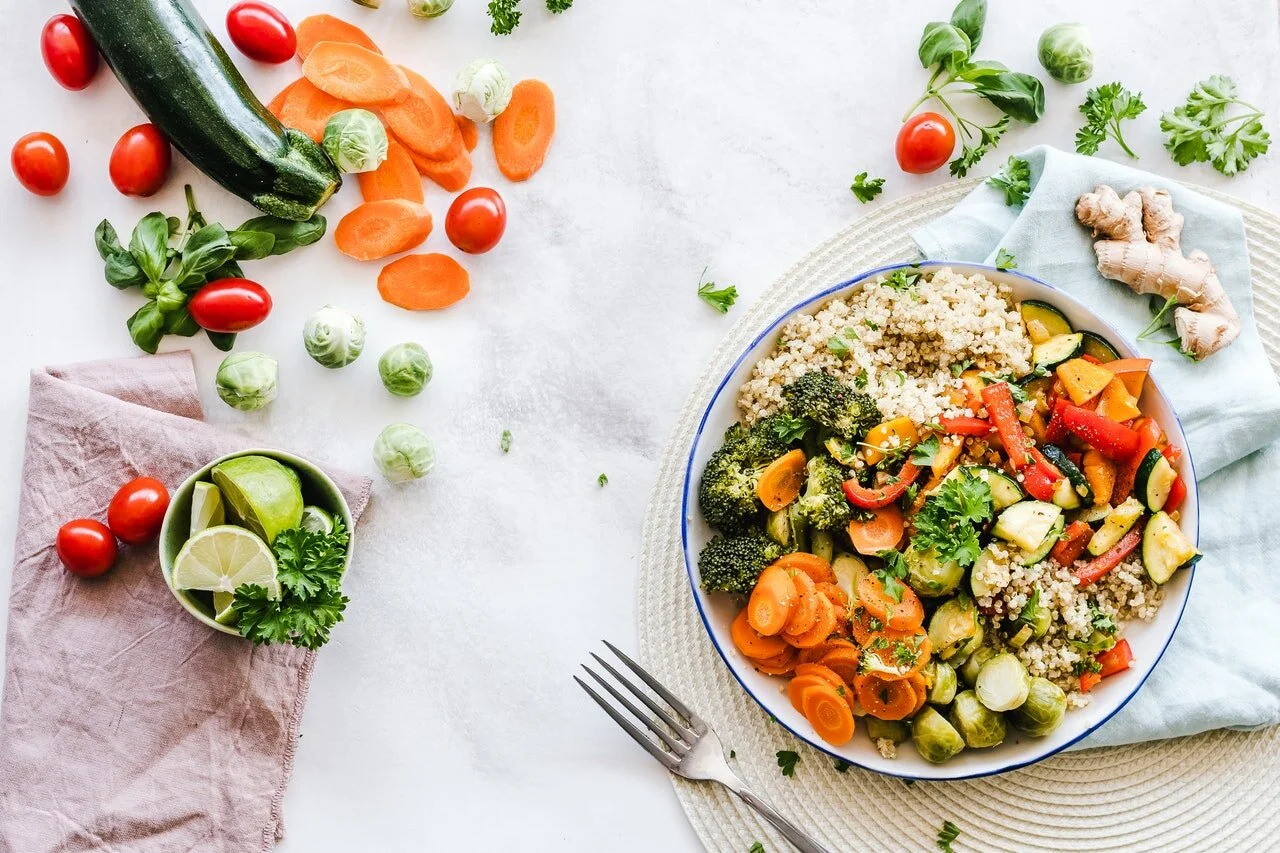Here is a simple progression to weight loss. You can start at Phase 1 and add the next phase (each in 1-2 week increments) until you reach your goal or separately test each phase until you determine what affects your weight the most. Although I prefer a primary focus on nutrient-dense options, a caloric deficit seems to be the most desired first step for many clients. No matter how you approach this progression, try to seek a sustainable combination of efforts based on your needs (and it doesn’t need to be perfect).
Please note that I haven’t mentioned anything about fitness. Based on fourteen years of experience, I haven’t found a positive correlation between sustainable weight loss and killing yourself in the gym (unfortunately and fortunately). Many factors affect the caloric exchange between nutrition and fitness-making it very difficult to determine real numbers (e.g., the machine claims you burned 600 calories when you only burned 325 calories for reasons related to YOUR body). Although the answer to weight loss is simple, it doesn't mean it's easy. I hope this structured approach will minimize any frustration. Good luck! Be diet strong!
Personal Trainer Wisdom: Unfortunately, a caloric deficit isn’t scientifically enough to lose weight….but it can help initially if you’re overconsuming. Your body could only process so much food at once, and the rest is converted into fats, triglycerides, and more. Sidenote: You’re only creating a deficit based on your current habits. Most people tend to consume far more calories necessary (1300-1700) for a sedentary lifestyle. By cutting 25% of your current calorie load, you are simply getting closer to this mark.
Personal Trainer Wisdom: Timing is everything, and it usually takes 3-5 for proper digestion and absorption. You want to avoid eating more food than your body can process at a given time (you know what happens then). At the same time, you want to limit any nutritional deficiency (who knows how your body will compensate). Do you ever feel stuffed or starved? Do you typically take more or less than 3-5 hours in-between meals?
Personal Trainer Wisdom: Your body wants to be an efficient machine that operates on autopilot. Most of the time it depends on its biological clock - a blend of natural and reinforced forces. With this being said, you can train your body to efficiently release a flood of hormones to help you utilize the fuel you feed it at the same times each day. You already did this in grade school when you ate lunch at 11:37 every day and still felt the hunger pangs at the same time over your summer break. The principle also applies to your efficient recovery while you sleep each night. Your body will naturally wake you slowly over the course of 3 hours prior to your waking time. Going to bed at the same time every night will reinforce this habit and wake you without an alarm clock at the same time as well!
Personal Trainer Wisdom: Our bodies are equipped to handle quite a bit. Like the rest of nature, the human body has boundaries, too. The following items have been scientifically proven to cause weight gain, inflammation, and more. Determine your sensitivity to each of the items and figure out what you can truly get away with.
· Grains including whole grains or all-bran products (breads, crackers, rice, cereals, etc.)
· Processed foods (products with additives and preservatives; genetically modified foods; or anything else not in its whole, natural form)
· Dairy (butter, milk, and cheese processed from animals)
· Alcohol, refined sugar, and artificial sweeteners
· Animal protein with high levels of saturated fat (red meat, pork, wild game, etc.)
Photo Credit: Deco Healthy Living .com-Will the inches drop off with the use of your fork and knife?
Please note that I haven’t mentioned anything about fitness. Based on fourteen years of experience, I haven’t found a positive correlation between sustainable weight loss and killing yourself in the gym (unfortunately and fortunately). Many factors affect the caloric exchange between nutrition and fitness-making it very difficult to determine real numbers (e.g., the machine claims you burned 600 calories when you only burned 325 calories for reasons related to YOUR body). Although the answer to weight loss is simple, it doesn't mean it's easy. I hope this structured approach will minimize any frustration. Good luck! Be diet strong!
Phase 1: Cut your total caloric amount by 25% without changing the substance (the type of foods that you’re eating).
Personal Trainer Wisdom: Unfortunately, a caloric deficit isn’t scientifically enough to lose weight….but it can help initially if you’re overconsuming. Your body could only process so much food at once, and the rest is converted into fats, triglycerides, and more. Sidenote: You’re only creating a deficit based on your current habits. Most people tend to consume far more calories necessary (1300-1700) for a sedentary lifestyle. By cutting 25% of your current calorie load, you are simply getting closer to this mark.
Phase 2: Cut down your caloric intake until you reach a range of 1300-1700 calories per day.
Phase 3: Cut down your caloric intake until you reach a range of 1300-1700 calories without exceeding 300-500 calories per meal.
Phase 4: Eat 3-4 meals per day with 3-5 hours in between each meal.
Personal Trainer Wisdom: Timing is everything, and it usually takes 3-5 for proper digestion and absorption. You want to avoid eating more food than your body can process at a given time (you know what happens then). At the same time, you want to limit any nutritional deficiency (who knows how your body will compensate). Do you ever feel stuffed or starved? Do you typically take more or less than 3-5 hours in-between meals?
Phase 5: Eat 3-4 meals at the same time each day.
Personal Trainer Wisdom: Your body wants to be an efficient machine that operates on autopilot. Most of the time it depends on its biological clock - a blend of natural and reinforced forces. With this being said, you can train your body to efficiently release a flood of hormones to help you utilize the fuel you feed it at the same times each day. You already did this in grade school when you ate lunch at 11:37 every day and still felt the hunger pangs at the same time over your summer break. The principle also applies to your efficient recovery while you sleep each night. Your body will naturally wake you slowly over the course of 3 hours prior to your waking time. Going to bed at the same time every night will reinforce this habit and wake you without an alarm clock at the same time as well!
Phase 6: Substitute half of every meal and snack with vegetables (anything plant-based).
Phase 7: Minimize one of the big five weight gain culprits by 25%, then 50%, and finally 75% over two weeks. If weight loss begins, continue. If not, try a second item from the list until you’ve attempted them all.
Personal Trainer Wisdom: Our bodies are equipped to handle quite a bit. Like the rest of nature, the human body has boundaries, too. The following items have been scientifically proven to cause weight gain, inflammation, and more. Determine your sensitivity to each of the items and figure out what you can truly get away with.
· Grains including whole grains or all-bran products (breads, crackers, rice, cereals, etc.)
· Processed foods (products with additives and preservatives; genetically modified foods; or anything else not in its whole, natural form)
· Dairy (butter, milk, and cheese processed from animals)
· Alcohol, refined sugar, and artificial sweeteners
· Animal protein with high levels of saturated fat (red meat, pork, wild game, etc.)
Phase 8: If minimizing each of the weight gain culprits separately up to 75% hasn’t led to weight loss, it may be time to make a similar effort with 2 or 3 of your most common choices on this list.
Phase 9: Try a perfect diet with all of the phases over two weeks.
Phase 10: Discuss your efforts with your doctor and test for deficiencies, diseases, or disorders.
Photo Credit: Deco Healthy Living .com-Will the inches drop off with the use of your fork and knife?































